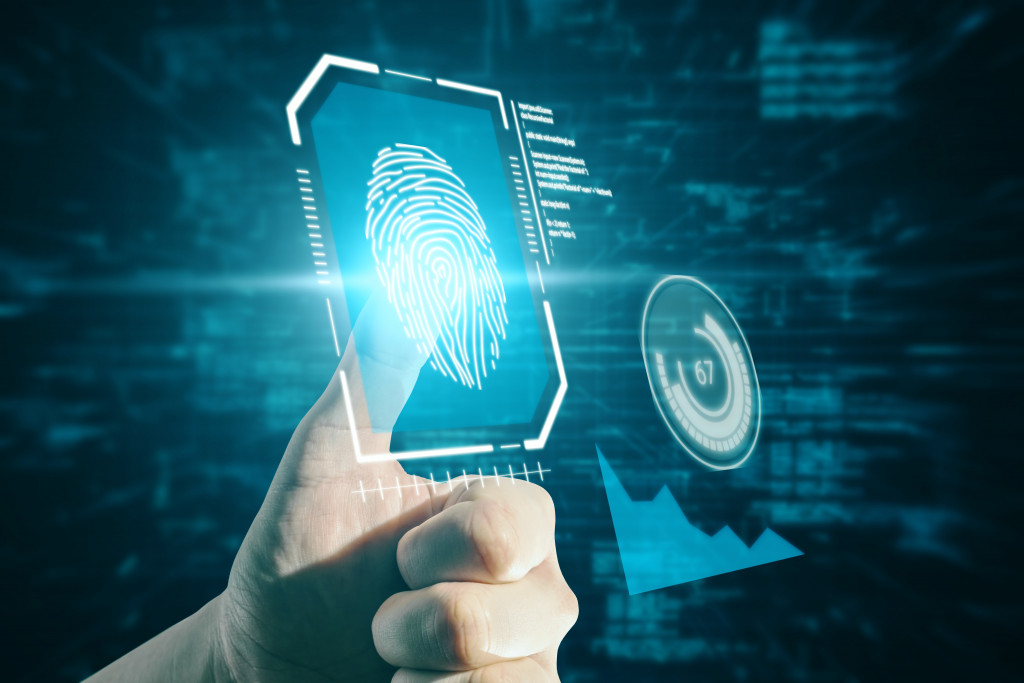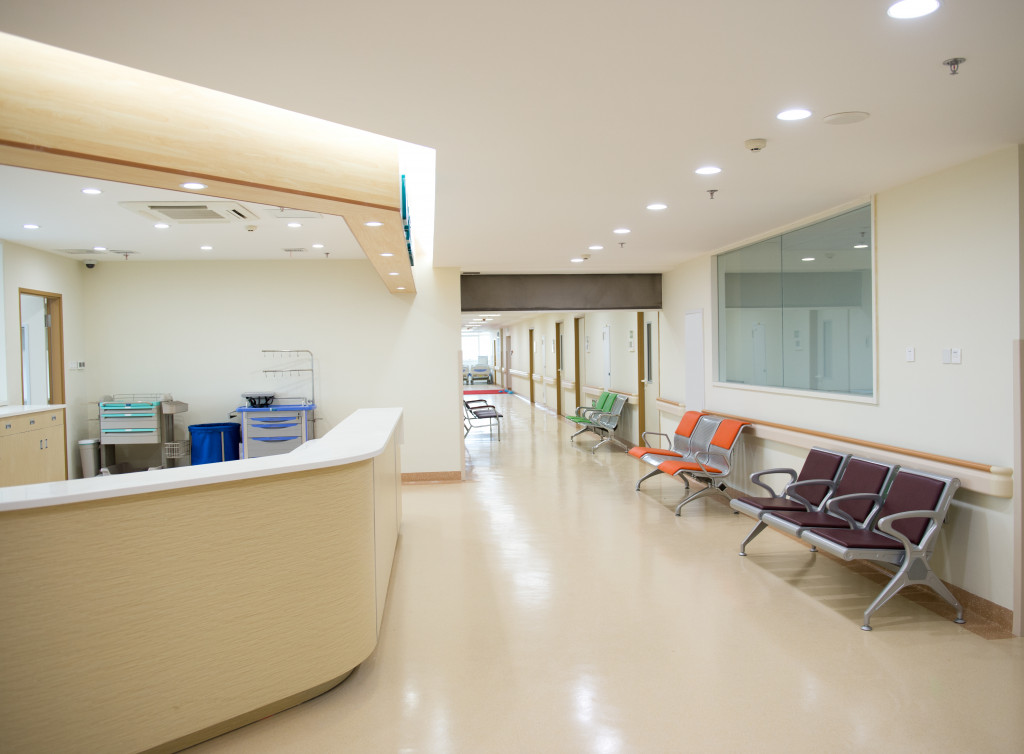Disclaimer: This website provides health information for educational purposes only and is not a substitute for professional medical advice, diagnosis, or treatment. Always seek the guidance of a qualified healthcare provider with any questions you may have.
• Utilizing technology can help medical facilities strengthen security by granting access to authorized personnel only and monitoring the facility 24/7.
• Access control systems, video surveillance, and intrusion detection systems can be used to monitor suspicious activities.
• Access control systems use discretionary, role-based, and mandatory access control and biometric authentication to verify personnel and grant access.
• Video surveillance systems enable personnel to monitor the facility 24/7, providing evidence if something does occur.
Due to the nature of the medical profession and its obligations to protect patient information, healthcare facilities must take extra measures to ensure safety within the workplace. Technology can play a critical role in strengthening security within a medical facility.
As technology continues to evolve and become more advanced, medical facilities have the opportunity to increase their security measures. Utilizing technology can greatly tighten security in your medical facility and protect your personnel and patients. Explore how technology can improve security measures in medical facilities.
Access Control Systems
Utilizing a digital access control system ensures that only authorized personnel can gain access to restricted areas of the facility—such as labs, pharmacies, and patient records—and helps protect confidential information from getting into the wrong hands. Access control systems also offer real-time reporting capabilities, allowing for easy tracking of personnel movements within a facility. Here are the different types of access control systems available:
Discretionary Access Control (DAC)
This type of access control is based on the identity of a user or group. DAC restricts access to objects based on the subject’s identity by using access control lists (ACL). It can also be used to grant or deny certain levels of access.
Role-Based Access Control (RBAC)
In this system, users are grouped into roles and granted permission to access specific areas based on their organizational role. For example, a doctor could access patient records and medical information. At the same time, a janitor may only be granted access to the cleaning supply closet. RBAC offers more flexibility than DAC and is easier to maintain as roles can be changed or modified without changing individual user accounts.
Mandatory Access Control (MAC)
This type of access control restricts users from accessing certain objects or areas within a facility and requires them to be authorized by an administrator before gaining access. MAC is often used in government or military facilities as it provides higher security.
Biometric Access Control Systems
Biometric access control systems use an individual’s unique physical characteristics—such as fingerprints, retinal scans, and facial recognition—to verify their identity and grant or deny access. This system is ideal for healthcare facilities as it can protect highly sensitive areas and documents.

Video Surveillance Systems
Another effective way to tighten medical facility security is by implementing video surveillance systems. Video surveillance systems provide 24/7 monitoring of all areas within a facility, which can help deter criminal activity and provide evidence if something does occur.
The footage captured by these systems can be used for everything from resolving disputes between personnel or patients to providing valuable insight into areas where improvements may be needed to enhance safety protocols. Video surveillance systems can offer the following services for your facility:
Real-Time Video Monitoring
This video surveillance system allows personnel to view live video footage of areas within their facility. It can also monitor access points and high-traffic areas, ensuring that only authorized personnel can gain access.
Video Analytics Services
These video surveillance systems use artificial intelligence (AI) to analyze footage and detect suspicious activity. Video analytics service systems can help identify potential threats or intruders and alert personnel to any unauthorized access attempts. It can also provide valuable insights into how people use certain areas of the facility and where improvements may be needed to enhance security.
Intrusion Detection Systems
Another great way to boost security levels in your medical facility is with an intrusion detection system. Intrusion detection systems are designed to detect any unauthorized entry attempts into restricted areas within the facility before they happen, thus helping prevent theft or other malicious activities from occurring. These systems usually employ the following:
Motion Detectors
Motion detectors are used to detect any movement within a secured area. These systems will alarm or alert personnel to take appropriate action when triggered.
Door/Window Sensors
In addition to motion detectors, and door and window sensors can detect when someone attempts to open a restricted door or window. These sensors can be connected to a monitoring system that will alert personnel if an intruder attempts to gain access.

Infrared Beams
Infrared beams employ infrared technology that will trigger an alarm if someone tries to enter without permission or after hours when no one should be there. These are ideal to be placed in areas where you need to have extra security measures in place, such as pharmacies and records rooms.
Patients and personnel in medical facilities need to feel safe and secure. By incorporating the right technology at your facility, you can protect confidential information, prevent unauthorized access attempts, and deter intruders. With a little effort and the right security measures, you can create an environment of safety and trust for everyone who visits or works in your facility.




